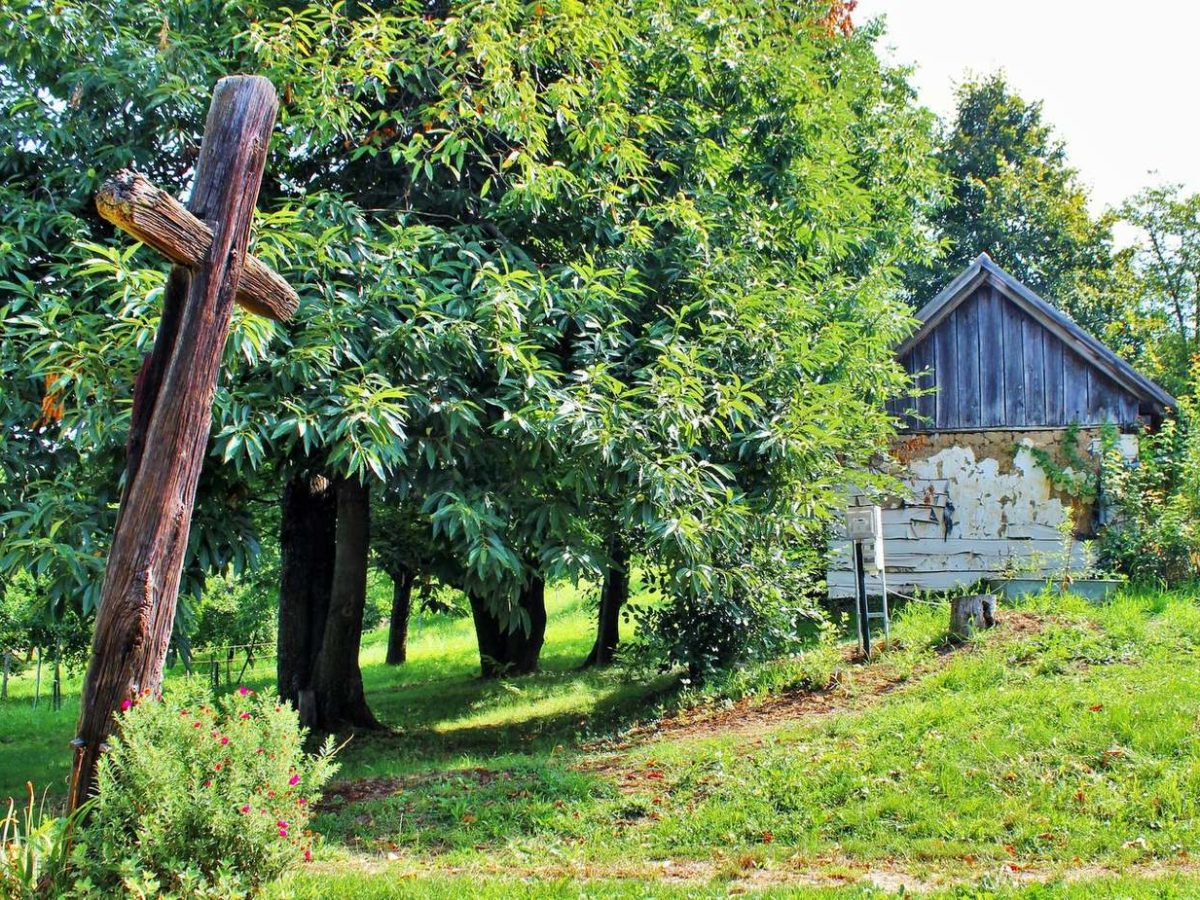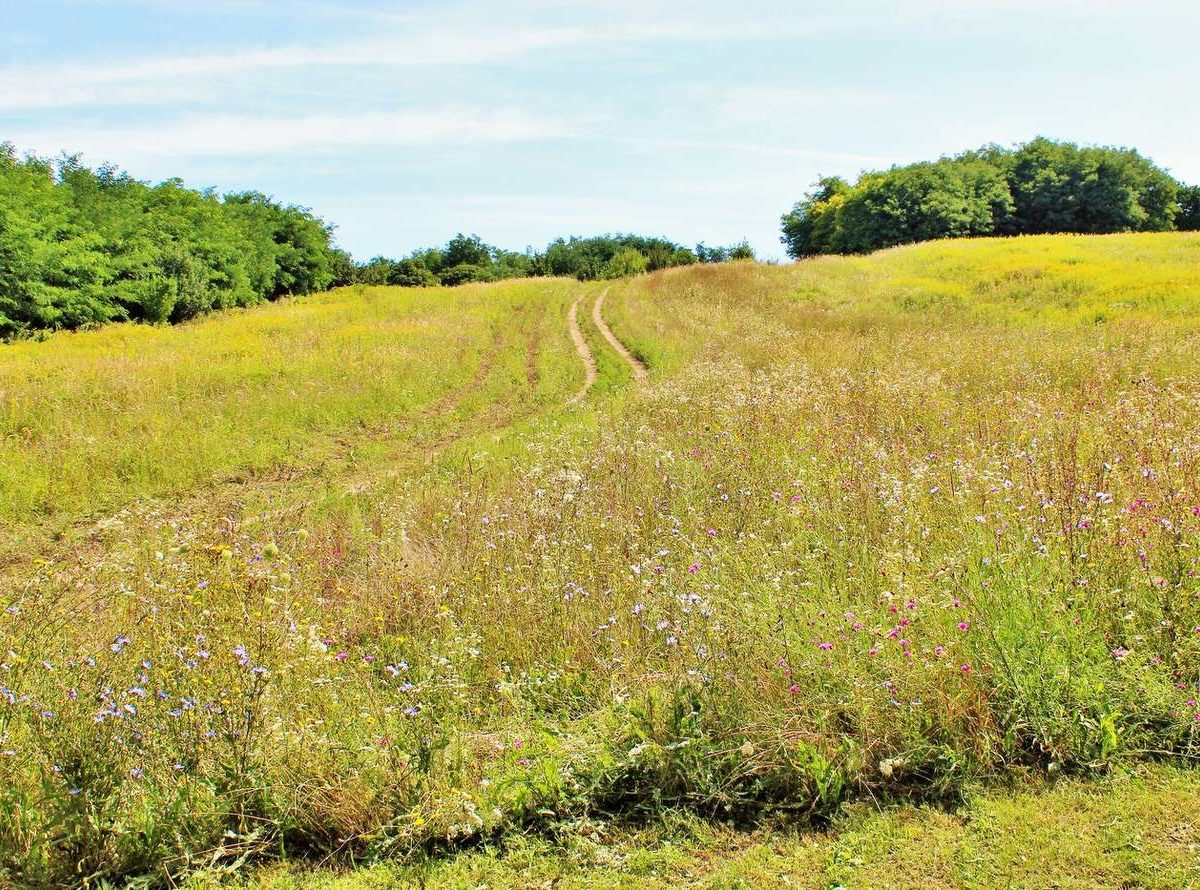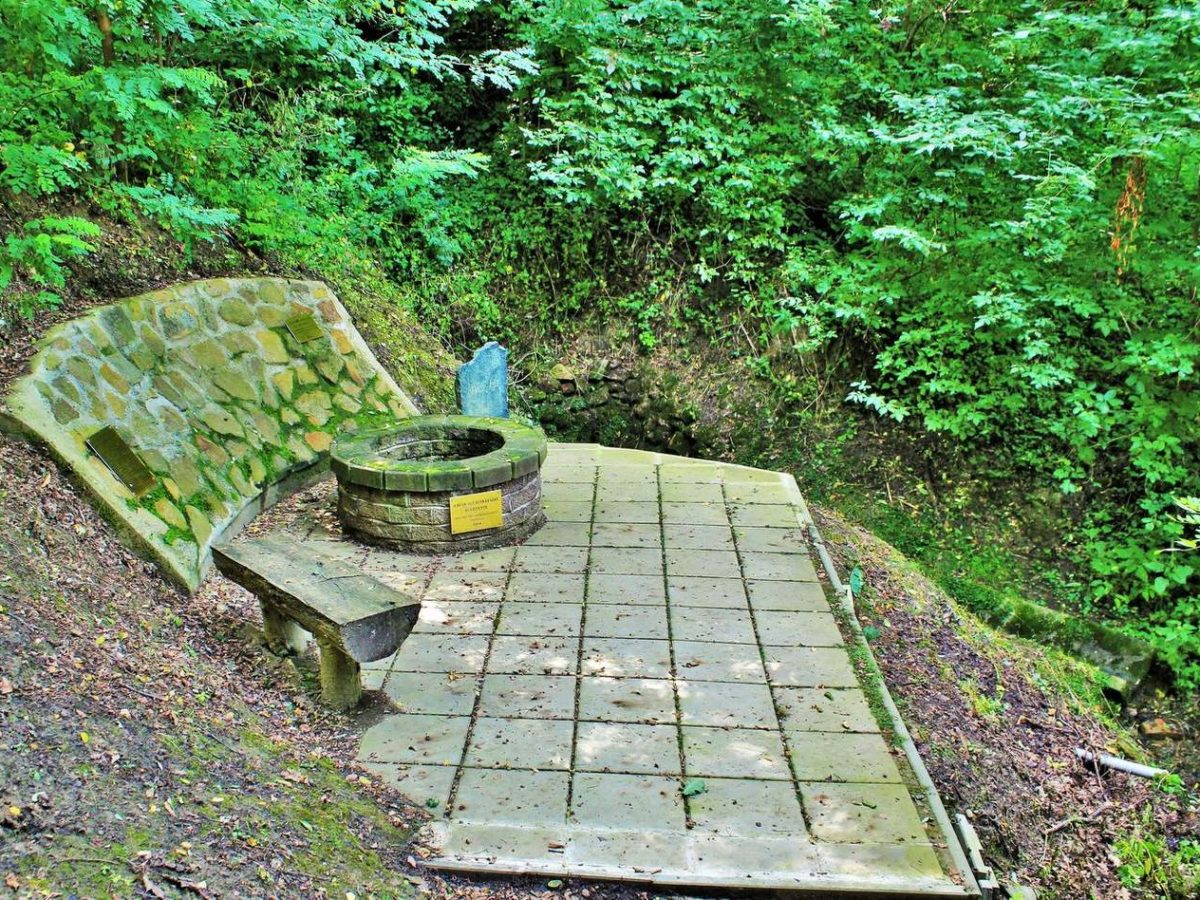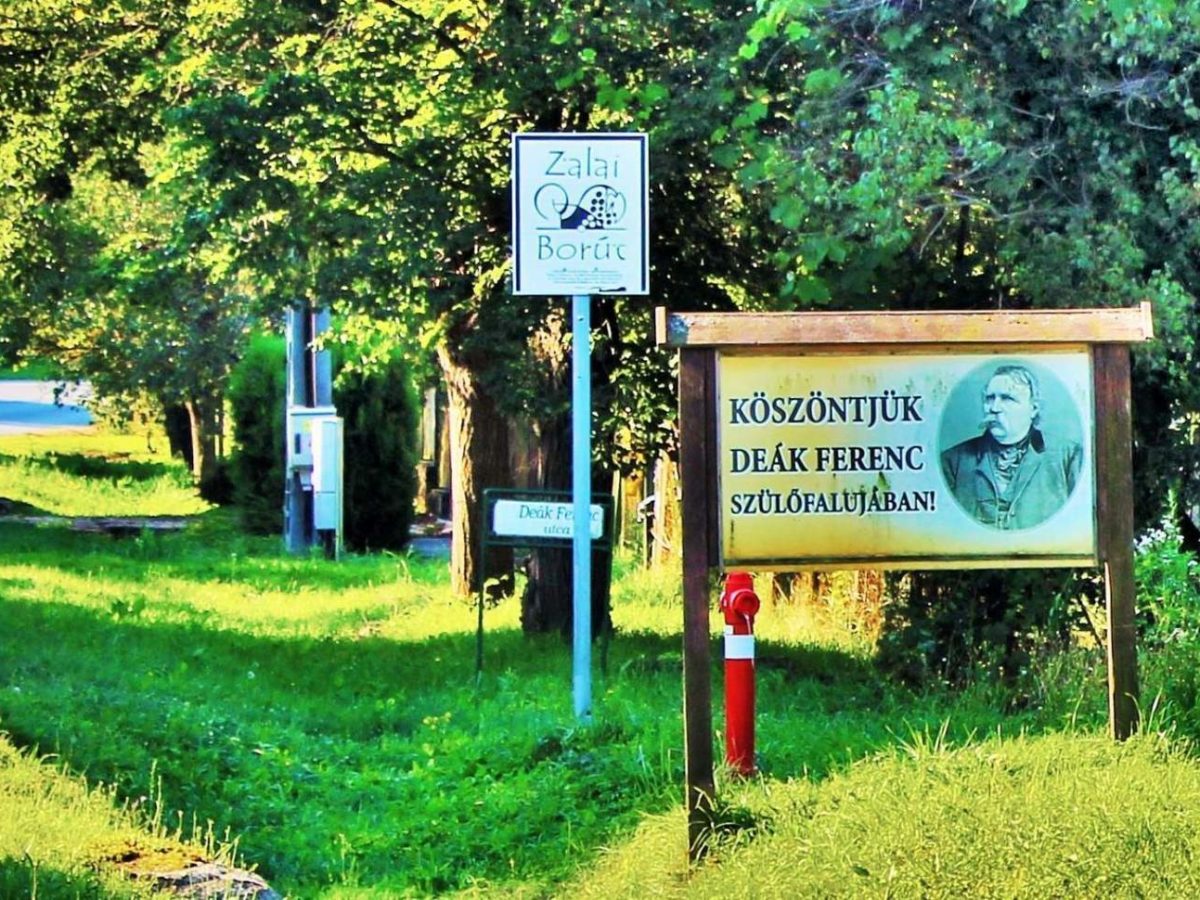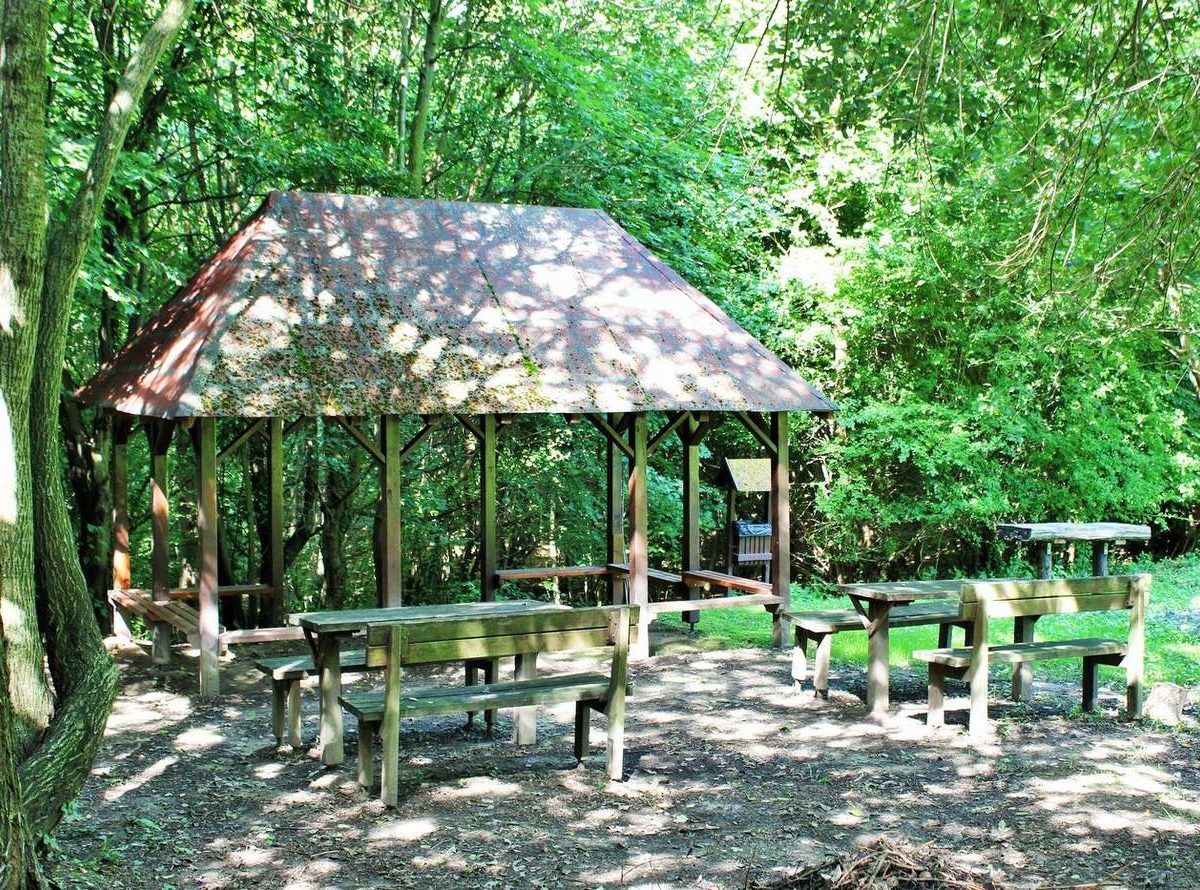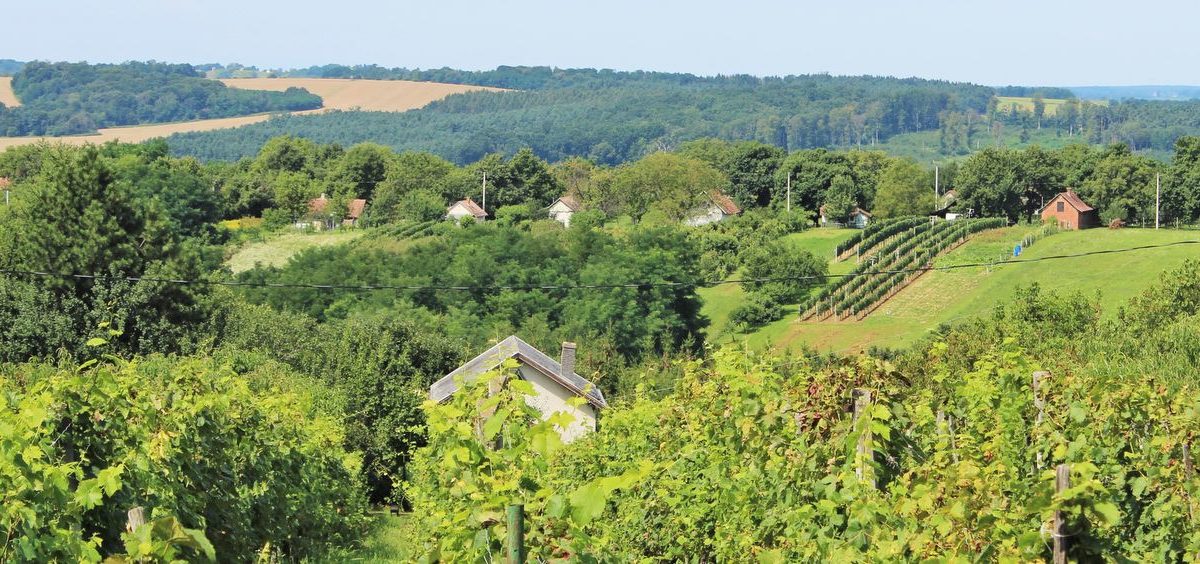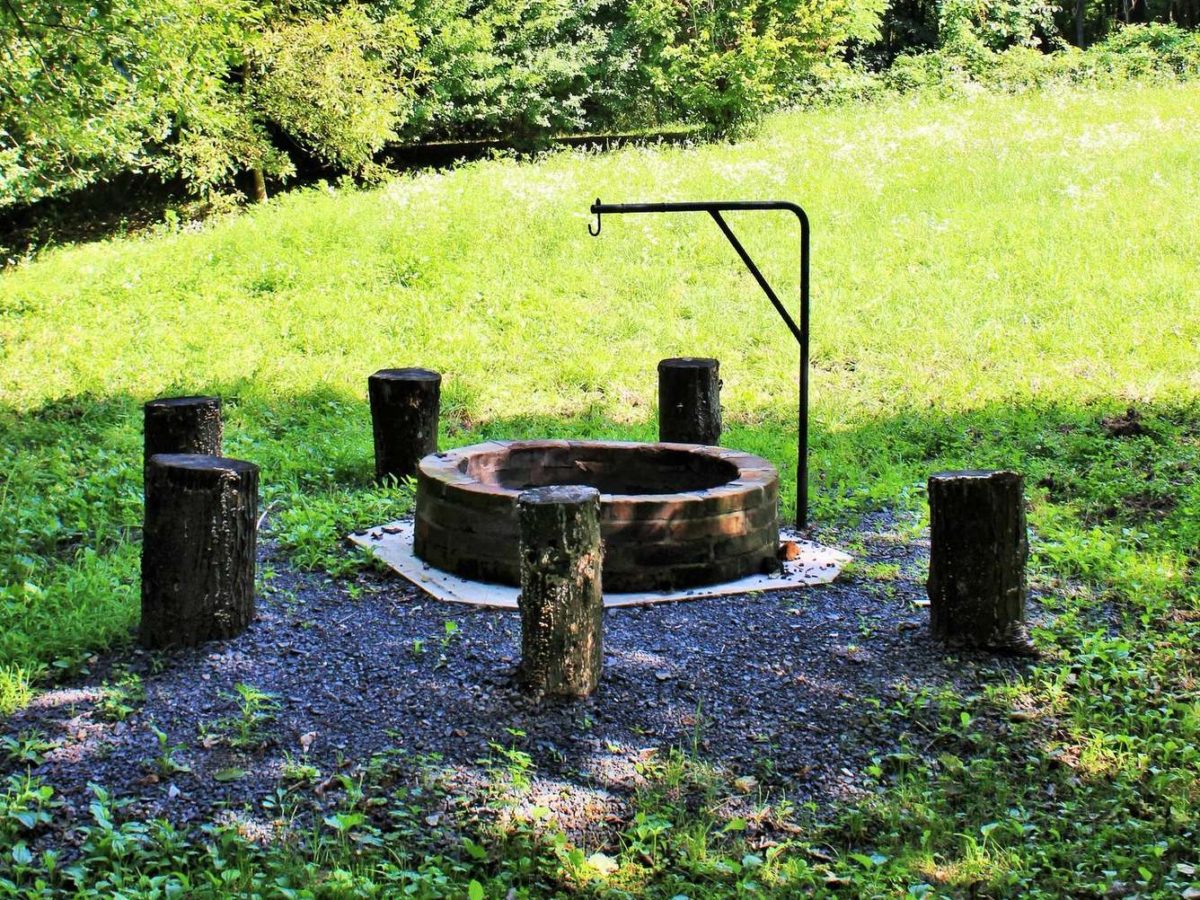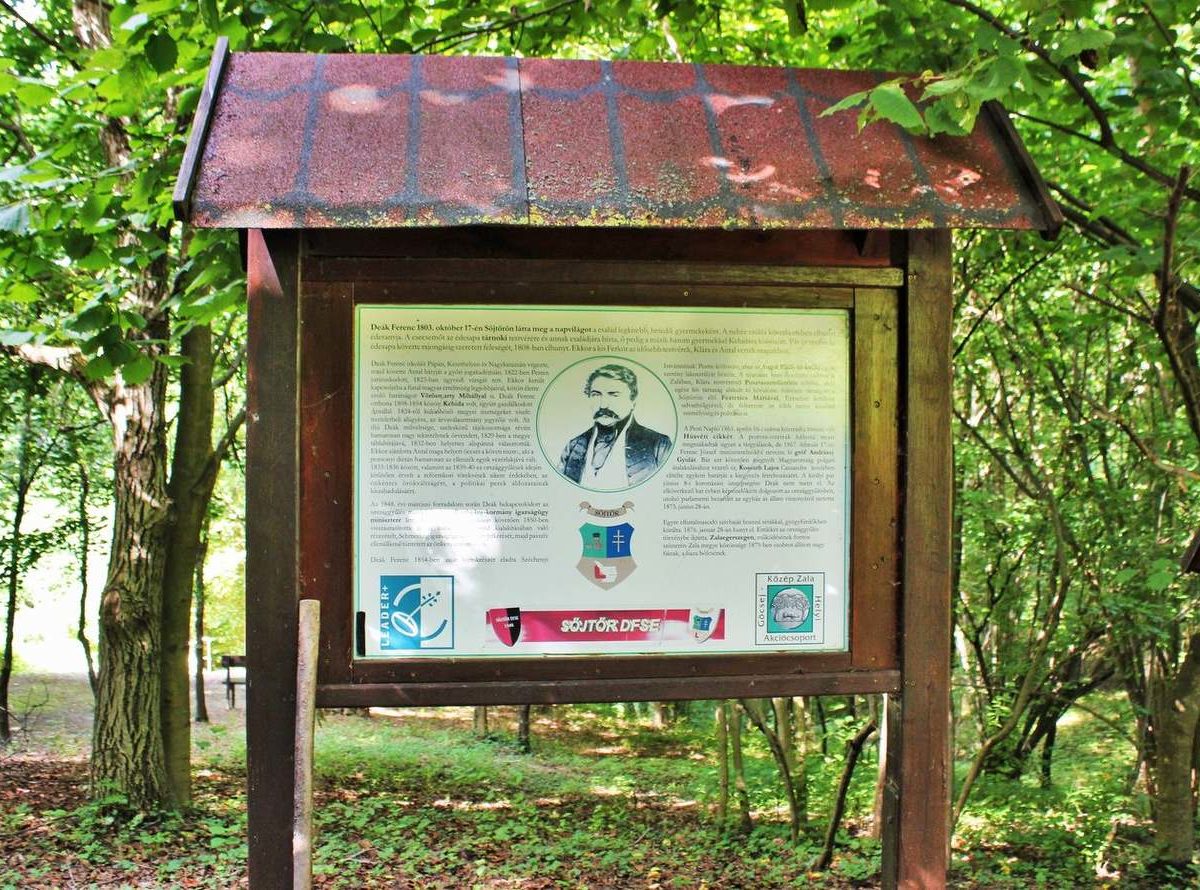The area is crossed by the Pál Rockenbauer South Transdanubian Blue Tour, which is a part of the National Blue Tour System. In the spirit of the booming European hiking movement, the Blue Tour was named in 1938, in honor of the 900th anniversary of the death of King St. Stephen, on the initiative of Jenő Cholnoky, our renowned geographer and then president of the Hungarian Tourist Board. The 910 km long trail from Sümeg to Nagy-Milic was the longest not only in Hungary but also in Europe. The National Blue Tour owes its real popularity to Pál Rockenbauer, who made a film entitled “One and a Half Million Steps in Hungary” with a film crew from Hungarian Television in 1979. In 1986, the film team toured our region for the production of “One Million Steps More in Hungary”, and thus they got to know the whole country. Pál Rockenbauer and his team presented the Danube region from the Writ Stone to Szekszárd. As a result of the film, this route was also included in the National Blue Tour system under the name of “Pál Rockenbauer South Transdanubian Blue Tour”, thus honoring the memory of the late filmmaker. It is the most important hiking trail in the region, and its special significance derives from the fact that it is part of the international network of hiking trails. The other important hiking trail in the region is the “Olajos Körút – Papp Simon útján” (Oily Circular Trail – after Simon Papp), which is 89 km long. It is named after Dr. Simon Papp, a geologist and university professor who was one of the most prominent figures in the local and national hydrocarbon mining industry. He is also credited with the exploration of the Budafapuszta and Lovász hydrocarbon fields. Simon Papp’s name is associated with the region: Under his leadership, industrial hydrocarbon mining began in 1937 on the outskirts of Lispe, and he is credited with the rapid development of MAORT. The goal of the tour is to highlight the industrial and natural heritage of the former oil region. The route covers the Letenyei Hills, the Kerka Valley and the Tenke region. The area is well developed with hiking trails and offers excellent tourist potential for hiking and nature walks. The landscape is beautiful, varied and rich in wildlife, with little urbanization, a true natural environment that offers a real experience and relaxation.
